|
All sorts of stats about wild bees… 4,000-5,000 species native to U.S. Better at pollinating that honeybees Most are solitary bees Lay eggs in tunnels or tubes or holes Holes-tubes from ⅜” to ⅝” depending on species Holes-tubes 3-6” deep, at least ¾” apart Houses with holes 3’-6’ off the ground and firmly attached to something Students are doing some designs and I thought i could put together some models similar to designs. I cut everything 7” deep, to accommodate the max depth hole or to have some overhang 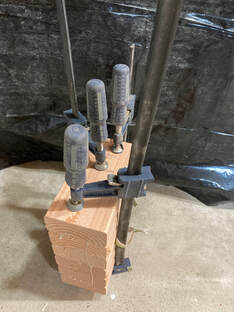 Model 1 2-2”x4” glued together (3 sets stacked together for clamping) Will cut to be trapezoid and glue traps together 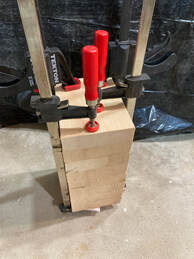 Model 2 2 - 2”x6” glued together (i just have them all stacked together). Will make into trapezoid, then glue the trapezoids together to make it look like 2 hexagons on each other 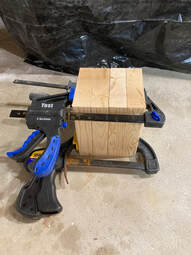 Model 3 4 - 2”x6” glued together. Will cut sides to be some shape Model 4 & 5 Hexagon frame. One is ¾” ply, the other is 1”x4”. Used table saw to cut 30 degrees off each edge so they would piece together to make a hexagonal shape. I glued and used air gun to pin together Model 6
¾” inch plywood box made 12”x10” Glued and pinned (butt joint) Each still needs finishing items, in addition to holes or tubes. They need a roof with an overhang. The boxes also need a back. I think we should talk about cost...
0 Comments
|
Archives
December 2022
Categories |
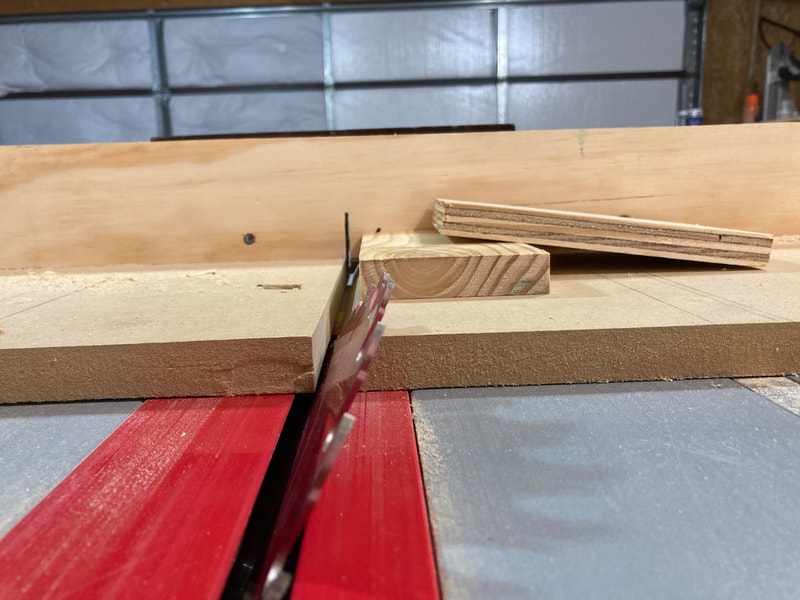
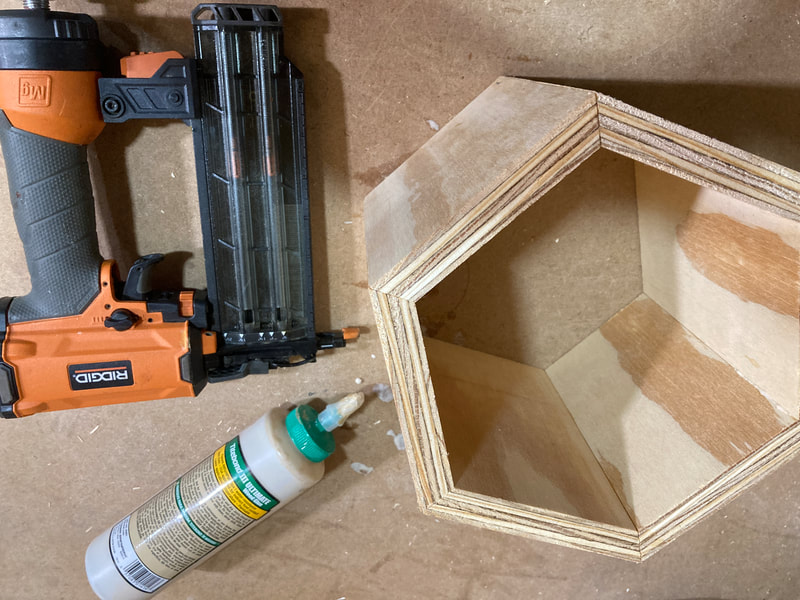
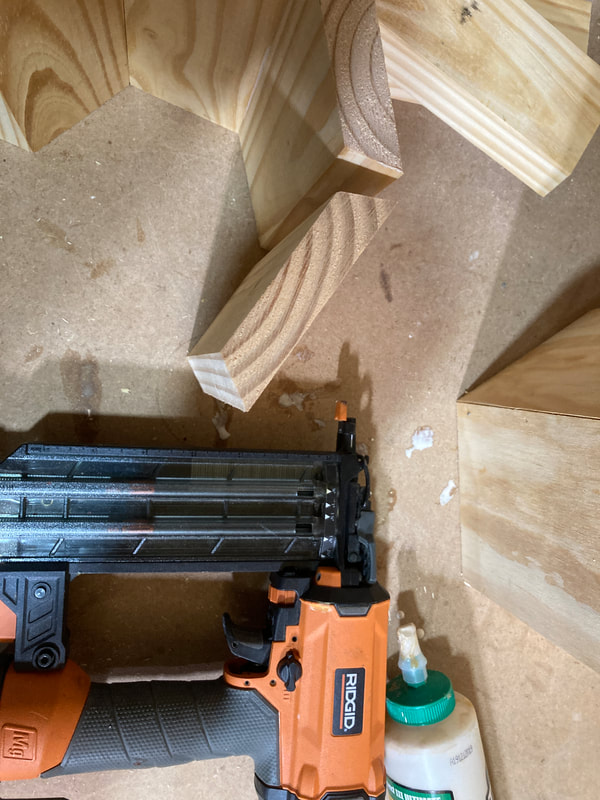
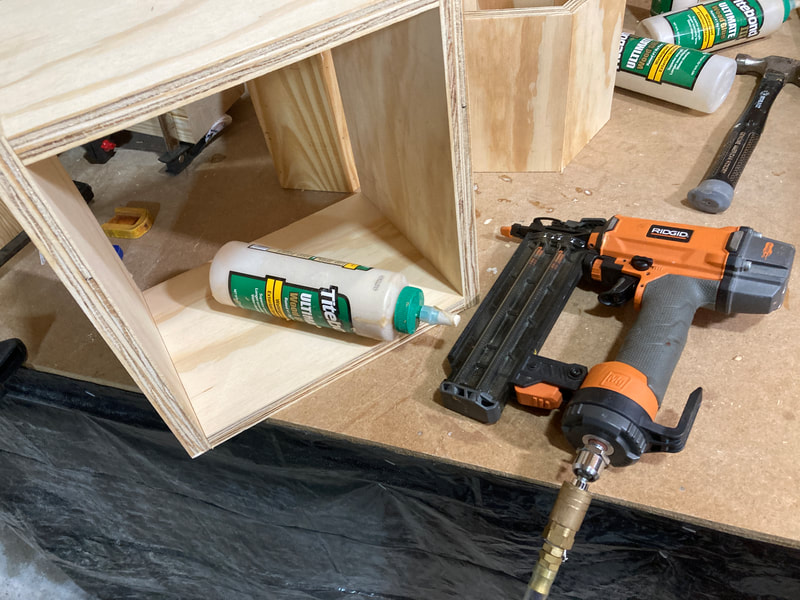
 RSS Feed
RSS Feed